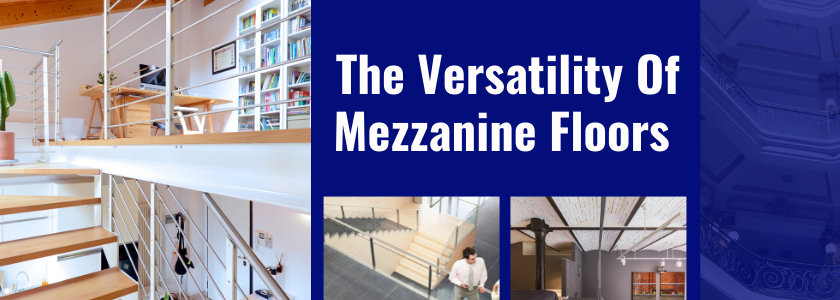The construction industry is a diverse one, with steel being used in many different ways. Architectural steelwork is an essential part of this and falls into two categories: structural steel and non-structural steel. In this article, we take a quick look at the differences, processes and how PRV Engineering works.
In the world of construction, every little detail matters and that includes the quality of materials, workmanship and the level of insulation for lower energy consumption. One thing you may not know is the significant difference window design can have. In this article, we take a closer look at a triple-pane window design from the 1990s that helped improve urban efficiency by some margin.
If your business is involved in any form of manufacturing structural steelwork products, then you should be aware of BS EN 1090-1 CE Marking. Without this certification, you cannot legally run a steel manufacturing business as all products within the scope of this standard must be CE Marked when released to the market.
This harmonised European standard covering fabricated structural steelwork came into effect on 1 July 2014. BS EN 1090-1 involves the requirements for assessing and verifying product or service conformity in executing any steel and aluminium structures details.
Robotics and automation have made headlines in recent years, especially in the construction sector with some tremendous advancements. While robotics in construction may be deemed a game-changer, the technology has not yet exceeded expectations but it is promising nonetheless. Without creating too much hype, here’s a measured look at the capabilities and benefits of robotics in construction.
As precision engineering and fabrication specialists, we work across various sectors and that includes construction. As such, we keep our fingers on the pulse of any new developments and few are as exciting as 3D-printed homes. Previously considered a method for product prototyping, 3D printing has changed drastically in the last few years extending to building homes around the world and on Mars. Now, ICON and Lennar are building the biggest ever neighbourhood consisting of 3D-printed homes.
In construction, concrete is used to form the foundations, columns, beams, slabs and other load-bearing elements. Today’s concrete is strong, durable, versatile and economical but it doesn’t compare to concrete from the Roman era. A recent discovery may be able to provide the answer to why it was so much stronger.
Are you considering relocating your business, or thinking about maximising on those high ceilings? Mezzanine floors from PRV Engineering Ltd could be the easiest and most affordable solution whether you want additional storage or bring some innovative design touches to your premises.
By using intermediate or mezzanine floors, you can quickly, cheaply and easily increase the square meterage of floor space at your premises. Find out more about the different applications of mezzanine floors and how it’s done at PRV Engineering.
Technology is advancing at a rapid pace across all sectors and that includes construction. We’ve known for some time that a 3D printed building will make headlines once again and now, PERI GmbH is in the process of building Germany’s first 3D printed residential structure in Beckum, North Rhine-Westphalia. It’s only a short five weeks away from completion and it’s said to be a showstopper.
Choosing the right materials for a building project can be tricky as there’s much to consider. Looking at the characteristics of aluminium framework and stainless steel it’s easy to see why the decision should not be taken lightly.
Aluminium and stainless steel may have many similarities but it’s what sets them apart that could determine the final decision. Here are the main aspects that you should investigate when planning your construction project.
Steel construction is becoming increasingly popular all over the world with many of the top architectural wonders consisting of steel, whether it’s structural, carbon or rebar. Many industries rely on steel products and structural steel fabrication services as its more eco-friendly and offers faster construction, among many other benefits.
In the construction world, steel is commonly used for structural support in buildings, bridges and other large-scale projects. These designs are often complex and demanding as they require the highest integrity and capable of withstanding all sorts of conditions. In this article, you’ll learn more about what structural steel fabrication is and why it’s imperative to choose the right engineering company.











Recent Comments